Lots of farmers like to experiment occasionally, growing the odd fruit or vegetable that doesn’t really belong in Maine just to see if they can.
Take Deborah Chadbourne of Rasmussen Farm & Western Maine Market in Freeman Township. In recent years she’s tried her hand at growing turmeric, ginger, cardamom, lemongrass and cardoon.
“It’s winter, you’re stuck in the house, and all these seed catalogs come,” she said. “There are all these exciting things and you’ve never heard of them. You say, ‘Let’s try that’ and then the package arrives and you have to figure out what to do with it and where to plant it and how to eat it, if it actually grows.”
Chadbourne’s experiments rarely make it far, although she is particularly proud of the five artichokes she managed to coax from a single plant this year (out of 30 she planted last year). Not enough to sell, but “I’m tempted to take a couple to the farmers market just to show off.”
Others have better success. After a few years of trials, they have enough vegetables to sell at farmers markets or to restaurants, and they find themselves with an unconventional new crop. Here’s a look at seven unusual crops farmers are growing here in Maine:
PEANUTS
Peanuts belong in Georgia, not Maine – right?
Wrong.
Pete and Cathy Karonis, owners of Fairwinds Farm in Topsham and Bowdoinham, grow Virginia Jumbos – the kind you find in a jar of Planters – and Valencias, the small Spanish peanut with a red skin.
“I grew up in the South and always had a garden,” Pete Karonis explained. “We grew peanuts down there, and I said, ‘Well shoot, why can’t we grow them up here?’ We experimented for a couple of years trying to get the procedures down right because the timing is critical in several stages of peanut growth, and we think we’ve got it figured out now.”
Last year, they grew enough peanuts to sell at the winter farmers market in Brunswick. They tried selling them roasted in the shell at first, but people walked around cracking them open and dropping the shells on the floor, making a mess. So now they combine the peanuts with the popcorn they grow for a homemade version of Cracker Jack that they sell in 6-ounce bags. They call it Pete’s Popcorn Treat.
“It’s very addictive,” Karonis said. “It’s kind of a novelty thing, but we’ll sell 40 to 50 pounds in a weekend.”
Peanuts need a long growing season – for some varieties, 120 frost-free days – and warm soil. In early April, Karonis transplants the plants into black plastic on a raised bed. As soon as they start to send down a peg – that’s the root that will form the nodule that eventually becomes a peanut – he pulls back the black plastic. The plants are in the ground by mid-May.
They hold off on harvesting the peanuts until an autumn frost kills the top of the plants. When they finally dig them up, they leave them on the ground to dry for a week or two, shell them, then spread them out on a cookie sheet to roast.
“It makes the house absolutely great-smelling,” Karonis said. “There’s nothing better than the smell of fresh-roasting peanuts.”
OKRA
Craig Hickman, a state legislator and owner of Annabessacook Farm in Winthrop, had a great reason for trying to grow okra – a favorite Southern crop – in Maine. He loves to eat it.
Hickman eats okra raw, fried, stewed, roasted and in gumbo. He has even toasted the seeds to make a coffee that’s similar to chicory. And he eats the leaves, too (who knew?), raw in a salad, or steamed. He also likes the fact that okra is so nutritious.
“Okra is high in vitamin C,” Hickman said, “and the slime that people don’t like is actually soluble fiber, so it’s really good for you. And it’s high in folates – all the vitamin Bs – and potassium and magnesium.”
Every year, Hickman grows about 400 okra plants. This summer has been especially challenging because okra prefers intensely hot weather. After a lot of experimentation, Hickman has discovered he gets the best yields and the best results by direct seeding his okra into the soil.
“One of my veteran farmhands put it theatrically,” Hickman said. “He said, ‘Okra is a diva.’ It needs tender loving care. It does not like to have any weeds around it. It needs perfect soil. It can’t be too heavy or too sandy, it needs to be somewhere in the middle. It has to have good nutrition. It needs a lot of lime. And it needs hot weather for about 60 days.”
Another challenge: The yield is difficult to predict. Even if growing conditions are perfect, one plant can produce 2 pods or 20.
Okra is in the hibiscus family. It produces a beautiful flower that lasts for about a day. Within two days, the okra pods will be ready for harvest. The harvest window is short, and if you miss it, the pod will grow large and fibrous, “and you can’t even cut through it with a knife.”
“You want to get it when it’s 4 inches long – that’s when it’s perfect – but it can go from 2 inches to 5 inches in the span of a day,” Hickman said.
Hickman was just starting to harvest a few plants by the last week in August, which is a couple of weeks late. Blame the not-so-hot summer.
Whatever okra Hickman doesn’t eat, freeze or pickle for himself he sells, mostly to people who have moved to Maine from the South or Midwest, where okra is more popular.
Sarah Bostick, refugee farmer specialist with Cultivating Community, says just three of the African farmers she works with are growing okra this year.
“People in Maine don’t know what the heck to do with it, so the farmers for the most part don’t grow it because it’s not something they can market.”
Selling it at the Portland Farmers’ Market has been a bust, she said, but when it’s sold from a mobile farm stand in immigrant neighborhoods, the farmers can’t meet the demand.
“We would be able to sell a lot more to the African communities in Portland and Lewiston if we had the okra,” Bostick said.
CALLALOO
This is a popular Jamaican green grown by Beth Ahearn, owner of Beth’s Farm Market in Warren. The idea came from some of her Caribbean workers, who grew up eating it as a stew or in a breakfast sandwich.
Similar to collards, callaloo can be cooked or eaten raw. It is more flavorful than spinach, and it can’t be overcooked.
Beth’s is known for trying new plants, and this year is no exception. In addition to the callaloo, the farm is growing and selling a Portuguese cabbage called tronchuda, which is used like kale.
AGRETTI
Agretti is a Mediterranean succulent that the Chase family grows (mostly in spring) to use in their Belfast restaurant, Chase’s Daily.
“We found it in a restaurant in London about 15 years ago,” said Addison Chase, who works at the family’s farm in Freedom. “We get the seeds from Johnny’s.”
Chase said the plant looks like a seaweed and must be harvested young or it will become woody and inedible.
The flavor? It’s similar to other greens – try sautéeing it in olive oil with a little garlic. The Chases also add it to their mesclun mix.
Chase said the agretti is just one of the items the family has added to the farm to give customers a little variety.
“It’s a pretty tough sell,” Chase said. “It takes a while for people to try things. But we’ve had a clientele for a long time, so people will take a risk sometimes.”
SASKATOON BERRIES
Eight years ago, Dr. Rodney Voisine, owner of Old Ocean House Farms in Cape Elizabeth, started growing saskatoon berries from Canada as a way to extend the local berry season beyond strawberries and blueberries.
Saskatoon berries, also known as June berries or serviceberries, are indigenous to the United States and grow wild just about everywhere. But it’s rare that you’ll find them for sale or even on a restaurant plate.
“We’re still, as far as I know, the only commercial grower in the Northeast,” Voisine said. Saskatoon berries look like blueberries but ripen about a month sooner – Voisine harvests his 72 bushes (he plans to add another 72 for rootstock next year) around the Fourth of July.
They are “neck and neck” with the blueberry as far as nutritional value, Voisine says.
The plants, he said, require little maintenance, but as members of the rose family are susceptible to some of the same pests.
The berries grow in clusters and are easy to harvest. “You just run your fingers over them, and they fall right into your bucket,” Voisine said.
Look for Voisine’s berries in smoothies and sold by the pint at the Portland Farmers’ Market – if you get there before they sell out. He also provides them to two Portland restaurants, Caiola’s and Vinland.
ARTICHOKES
Chris Cavendish of Fishbowl Farm in Bowdoinham first planted artichokes about six years ago. For him, the idea of producing a vegetable in Maine that grows best in the Mediterranean – one that comes from a beautiful plant, no less – was “enticing.”
Plus, his wife loves them and cans them for a wintertime treat.
Today, Cavendish grows more than 100 plants. Artichoke plants in warmer climates don’t flower and produce an artichoke until their second year.
So to grow them successfully in Maine, they have to be “tricked” into thinking they’re in their second year of growth.
To do so, Cavendish starts his artichokes from seed in a heated greenhouse in February. By mid-April, they are out of the greenhouse and experiencing the stress of colder temperatures that simulate a winter. About a month later, they are transplanted into black plastic.
“Now we want to make them happy again and grow a big plant because the size of the choke will be relative to size of plant, so we give them a nice plastic mulch bed with lots of organic matter and fertilizer,” Cavendish said.
He puts down drip tape underneath the plastic for irrigation, and often will cover the plants with a row cover suspended by hoops. By mid-June, the row cover comes off, and by mid-July he sees the formation of his first artichokes. Cavendish grows them to globe size.
By late August, the chokes are getting smaller and the harvest is ending.
“A lot of people don’t realize,” he said, “but the stem on an artichoke – particularly when the plant is still young and just starting to produce – the stem is highly edible and just as yummy as the heart of the artichoke itself. So I cut 3 to 4 inches of stem with the choke itself, and we leave that intact and steam right along with rest of it and eat the whole thing.”
Cavendish said he’s experimented with overwintering artichokes in a greenhouse, but out of 100 to 150 plants, only four or five survived.
Between his wife’s canning and artichoke-loving family and friends, the chokes disappear fast, so he doesn’t bother to sell them. “We make a pretty good dent in them,” he said.
But you can taste and/or buy Maine-grown artichokes at Chase’s Daily restaurant in Belfast, and at the Chase family’s market. Addison Chase has been growing them at the family farm in Freedom for about 15 years now.
“It’s a relatively easy crop to grow as long as you have a greenhouse to start them in,” he said. “What you can’t do with an artichoke in Maine is overwinter it.”
Over the years, Chase has picked a lot more artichokes than his customers have wanted. But lately, he said, they are getting to be much more popular, practically selling out.
GINGER
Several Maine farmers started experimenting with growing ginger after Daniel Price, of Freedom Farm in Freedom, had success with it.
Chris Cavendish of Fishbowl Farm in Bowdoinham, for one, took the plunge and last year bought 90 pounds of seed ginger. He’s now in his second year.
“I don’t like to give anything less than three years for trialing, so you’ll see us growing it again next year,” he said, “but we’re definitely taking a long hard look and saying ‘should we be growing something else in this same space that produces more consistently in income?’ ”
Seed ginger is not true seed but a rhizome that resembles grocery store ginger.
In mid-March, Cavendish puts pieces of it in trays with a mix of potting soil and peat moss. He waters rarely and for the next 6 to 8 weeks maintains the temperature in a low-lit room at 75 to 80 degrees.
“The whole purpose of this process is to wake up the ginger,” Cavendish said. “You’ll see after a couple of weeks that little buds will start to form on the sides of the ginger and then at a certain point those buds will become shoots and start pushing up through potting mix.”
Around mid-May, the ginger is moved to a greenhouse; that’s when it starts to look as if the ginger has “given up.”
“Ginger takes a lot of patience,” Cavendish said. “You think it’s not doing anything, and you think it’s not worth it.”
In mid-June, the ginger is transplanted to an unheated field house. For the rest of the summer, it needs a lot of water and fertilizer – more, even, than corn.
In mid-September, Cavendish starts harvesting. His ginger, sometimes called baby ginger, resembles store-bought ginger but without the brown skin. The flesh has a pink blush and a “very buttery texture,” making it easy to slice, Cavendish said.
“The ginger that is pickled for placement on sushi platters, this immature yet full-sized ginger is the ginger used for that,” Cavendish said.
Cavendish and his wife have also crystallized their ginger, dried it into a powder and made hard candy. It can be frozen to use through the winter. Otherwise, lacking the protective skin of supermarket ginger to keep it from dehydrating, its shelf life is short.
“I would give it about two weeks for real top quality, kept in a bag in your refrigerator, not on the countertop like you would with the ginger that you buy at the store,” Cavendish said.
Cavendish sells his ginger for $15 a pound. The high price, and problems with the supply of certified organic seed stock, make him wonder if Maine-grown ginger will continue to build momentum.
Chas Gill, owner of Kennebec Flower Farm in Bowdoinham, agrees with that assessment.
In two of the four years he has grown ginger, he couldn’t get the quantity or varieties he wanted.
He sells what he can grow – “it’s not a super productive crop for us” – at a farmers market and to the Tao Yuan restaurant in Brunswick.
“I have no problem selling it,” said Gill, who also charges $15 a pound and, he added, everyone who buys the ginger once buys it again, “so that’s a good crop to have.”
Send questions/comments to the editors.


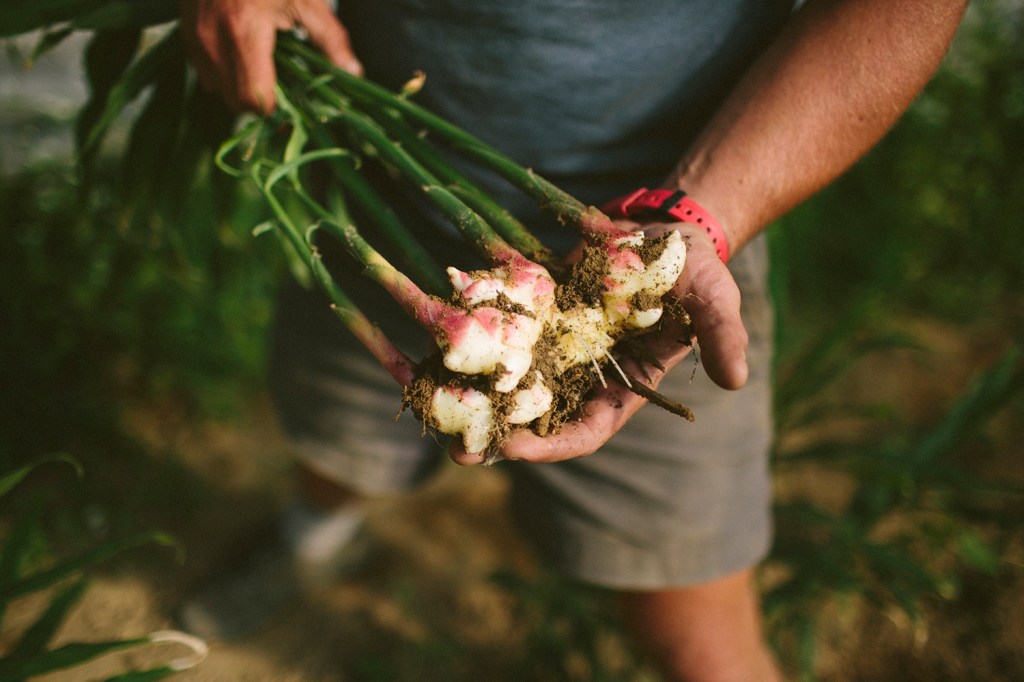
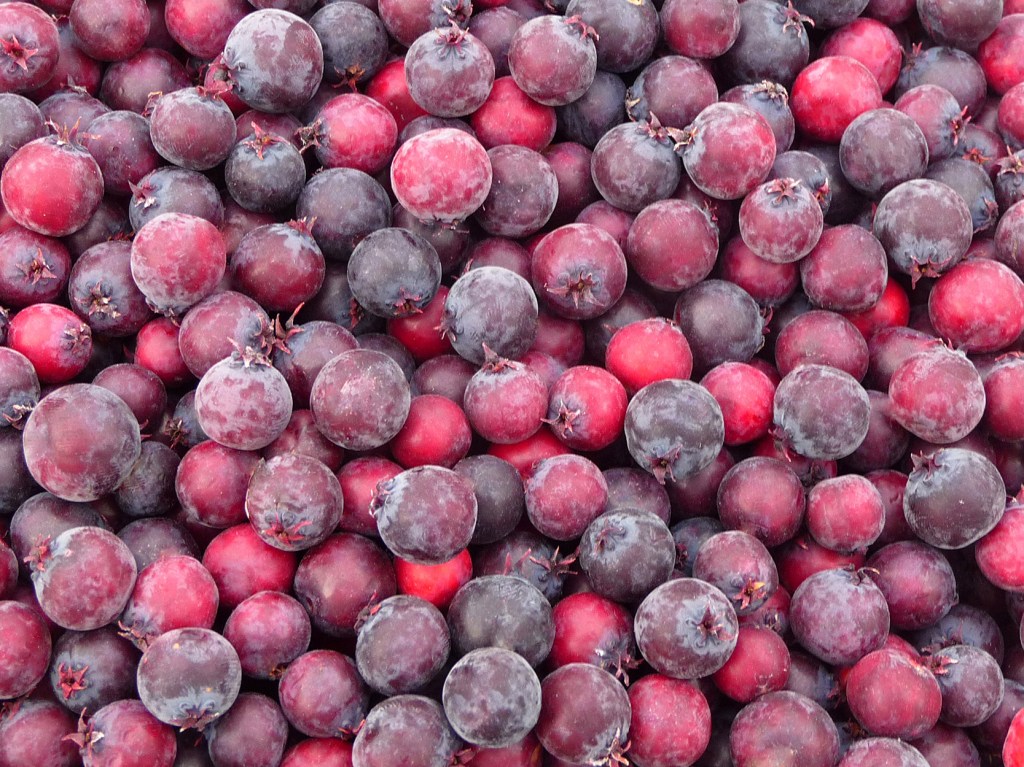
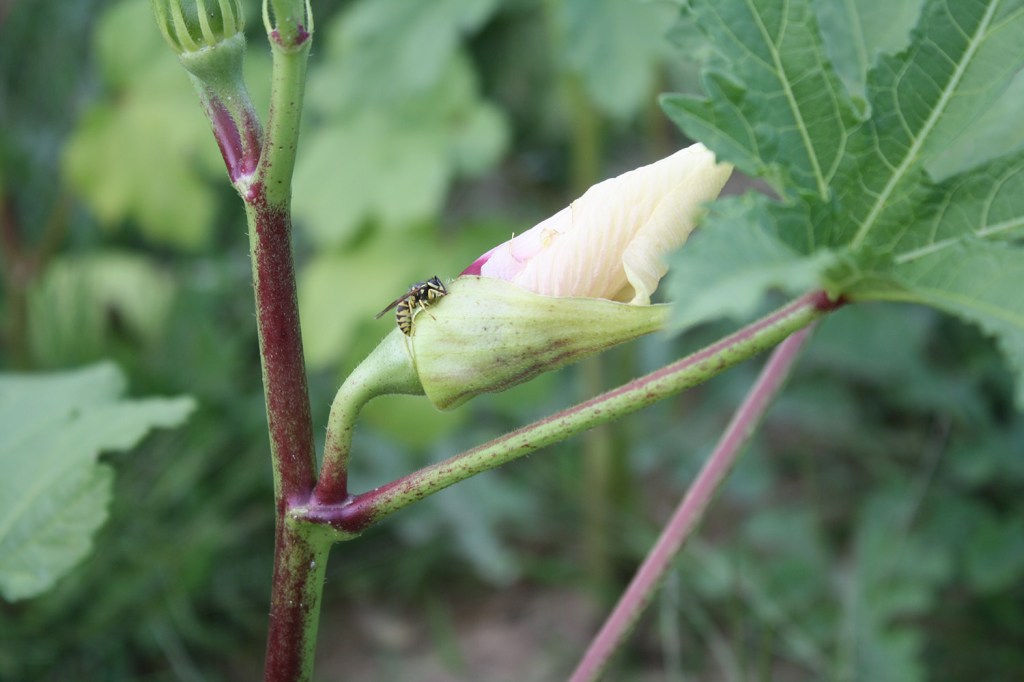
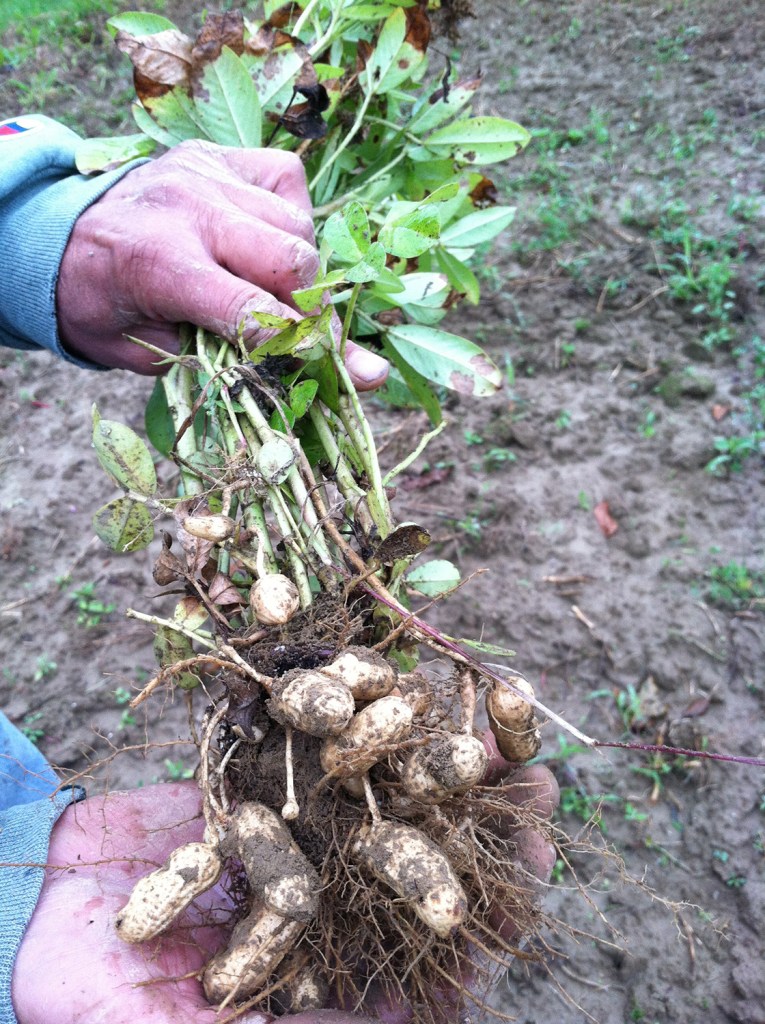
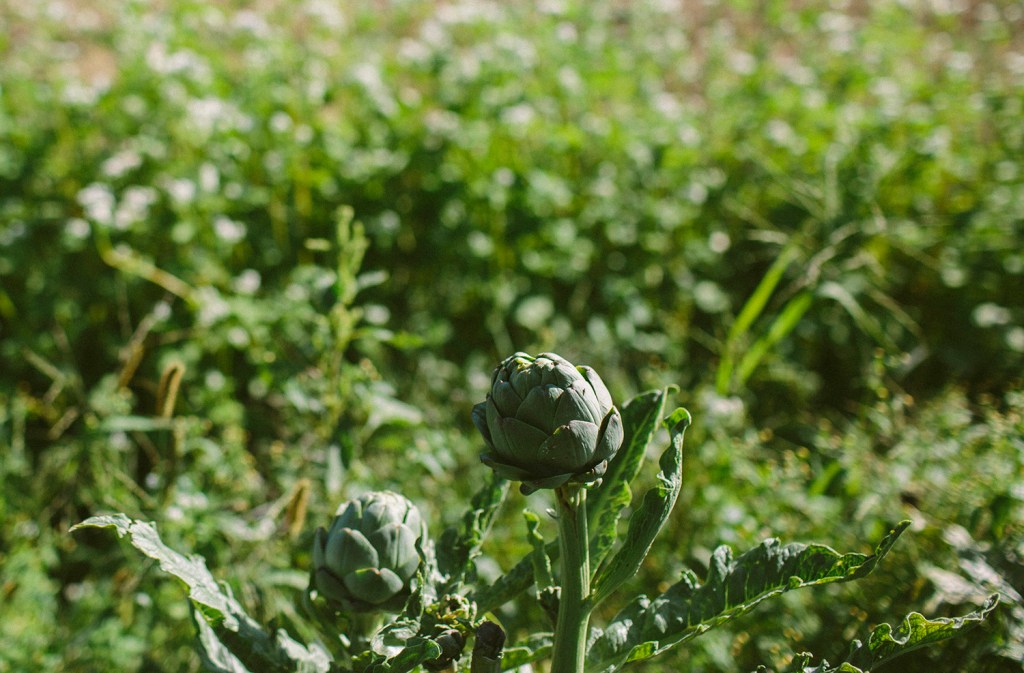

Comments are no longer available on this story